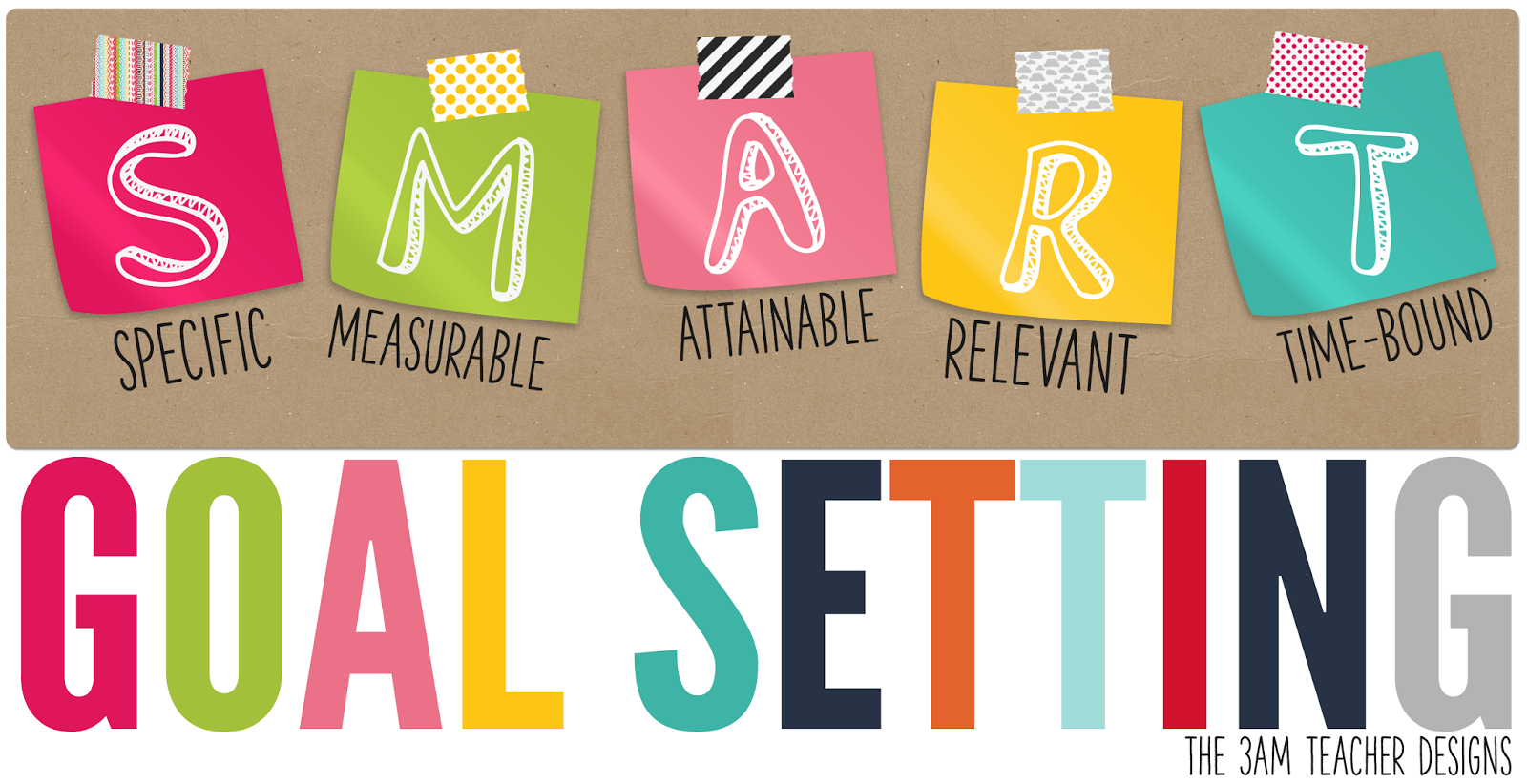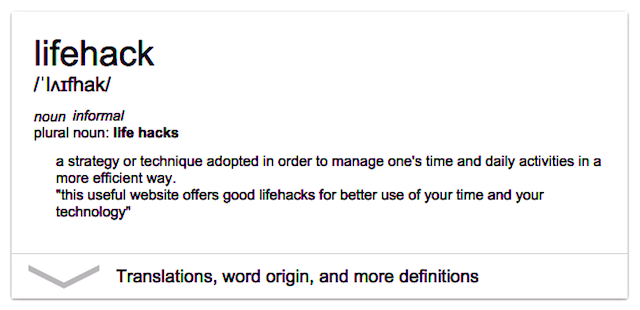Lifehacks have been defined to be strategies or techniques adopted in order to manage one’s time and daily activities in a more efficient way. Since lifelogging has become an integral part of many people’s life and is said to be poised for success in 2015, we’d like to present to you 5 simple lifelogging hacks, which we define to be strategies adopted to better manage one’s lifelogging journey, with the end goal of achieving better personal well-being.
1. Set smart goals

Image credited to The 3am Teacher
The first step towards achieving the most out of lifelogging is setting smart goals. And by this, we mean setting specific, measurable, attainable, relevant and time-bound goals. Know what you want to achieve at the end of the day and precisely define them. Write them down so you can always refer to them when the going gets tough or when you lose sight of what you wanted to get out of the expensive fitness trackers and lifelogging tools that you’ve purchased.
Read more: Is wearable tech making us smarter?
2. Choose the right tools

Image credited to Digital Health Post
Countless self-tracking and lifelogging tools exist in the market, crying out to you to pick them amidst stiff competition. However, not all of them will be relevant to you. Even though its design or price tag might appeal to you, do bear in mind that these factors are not the ones that will ultimately keep your lifelogging journey going well. Before any purchase, ask yourself, does this new wearable tech gadget help me work towards the goals I set out to achieve? Is it feasible to keep using this gadget?
Read more: The comprehensive wearable tech list – from cradle to grave, from wrists to flights and Top 10 best gifts for the lifelogger
3. Don’t stop at quantifying

Image credited to Forma
Now that you’ve picked the relevant tools for you to attain the goals you set out to achieve, you will soon realise that you now hold on to something very powerful – your personal data. Although most lifelogging tools out there will compile these data quantitatively, it is important to go beyond the numbers. Don’t just stop at how many hours you’ve slept or what time you were awoken. Analyse and review the personal data that you have collected every quarter, or even every month or week if possible. Find out the reasons behind your body behaving a certain way and alter your behaviour or diet so that you are that much closer to attaining your goals.
4. Grab a partner

Image credited to Dailymail
Alright, not that literally. But you know what we mean. Grab a partner to keep each other motivated throughout the lifelogging journey. Anything that forces things out of the status quo is tough. And lifelogging does just that. So grab a partner, challenge each other or workout together so you won’t give up. It’s always easier when you know someone out there is working towards the same goals as you are.
5. Keep going

Image credited to Strong Inside Out
Finally, keep going. No one is going to see any significant changes if they quit lifelogging or self-tracking after just a few weeks. Just as lifelogging tools are striving to become more intelligent than they are today, we too have to match this trend so that we move closer to our goals each day. With more and more data each day, scientists and developers can then make use of that which have been collectively generated to improve various algorithms or trace out underlying patterns behind certain behaviours or even diseases. A classic case of “it takes two to tango”. And we hope you keep having fun tangoing!
If you enjoyed this post, you can also subscribe to our monthly newsletter!

